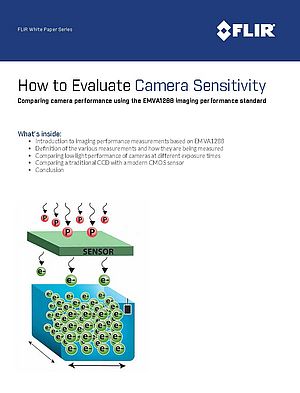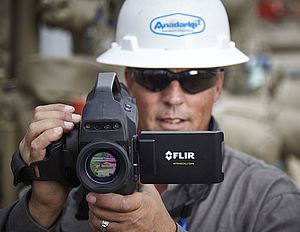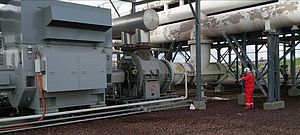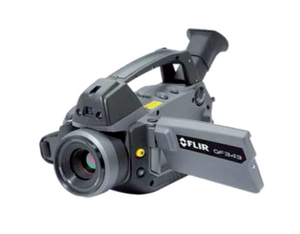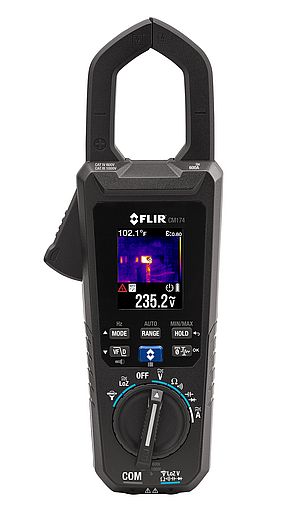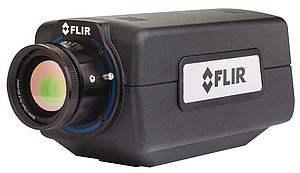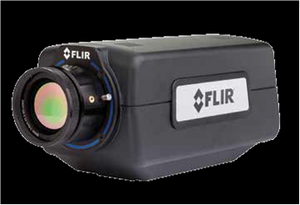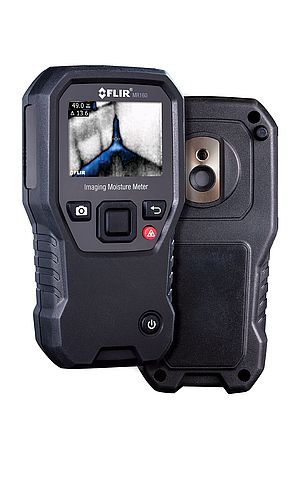Inspectahire offers equipment rental, contracting and project engineering services supported by a team of skilled engineers who have a wealth of inspection knowledge and experience. Their expertise extends to a wide range of equipment and assets, both onshore and offshore, and in all environments – including harsh and hazardous. All Inspectahire’s inspection solutions are carried out in accordance with ISO 9001 best practices.
Oil & Gas Industry
Having worked for three decades in the Oil & Gas industry, both in the North Sea and worldwide, Inspectahire has built up a strong expertise in this sector. Safety and cost are two of the biggest concerns in the offshore oil and gas industry today. Inspectahire aims to tackle those challenges by using the best technologies available. “The offshore oil and gas industry are proactive in their search for the best technologies for detecting emissions that may affect the safety, profitability and environmental impact of their assets,” comments Cailean Forrester, Managing Director of Inspectahire. “At Inspectahire we strive to identify and offer the best available technological solutions for all remote inspection scenarios.”
Safety & Economy
Dangerous gas leaks are a concern to every oil and gas production plant. Not only do some of the gases harm the environment, but the leaks also cost companies substantial amounts of money. “The company has been using optical gas imaging cameras for a very long time to detect dangerous gas leaks,” comments Cailean Forrester “Thanks to optical gas imaging cameras, we can easily detect gases in difficult to reach or hazardous locations. And we can help companies prevent costly downtime of their production plant.”
Contact Measurement Technologies Vs. Optical Gas Imaging
“We have been using certain contact measurement tools like laser detectors or leaks sniffers,” says Cailean Forrester. “But the problem is that you have to go right up to the object, which is not always safe or even possible. In other words, this approach is limited and not very precise. With an optical gas imaging camera like the GFx320 however, you can keep a safe distance and still detect gas leaks with great precision.”
Safety Zone 2 Compliant
The Inspectahire team is using the GFx320 for maintenance inspections and hydrocarbon detection jobs, in hydrocarbon production plants or for the inspection of any material that uses hydrocarbon as a fuel. The GFx320 camera is able to scan a broader area much more rapidly and monitor areas that are difficult to reach with contact measurement tools.
“If a hydrocarbon leak is there, you will certainly see it with the GFx320 camera, even if it is a small one,” comments Cailean Forrester. ‘Small leaks can become big ones, that is why it is important to be able to detect them in an early stage. With the GFx320, we are sure of an accurate and reliable detection.”
In addition, the GFx320 greatly improves operator safety, because it allows users to detect emissions at a safe distance and it enables them access Zone 2/Class I, Div II areas, potentially eliminating the need for hot work permits. A zone 2 area is any place where an explosive atmosphere may occur, due to flammable gases or vapor, in quantities that require people to take special safety precautions. A zone 2 area is defined as such, that the explosive gas atmosphere is not likely to occur in normal operation and, if it occurs, will only exist for a short time.






